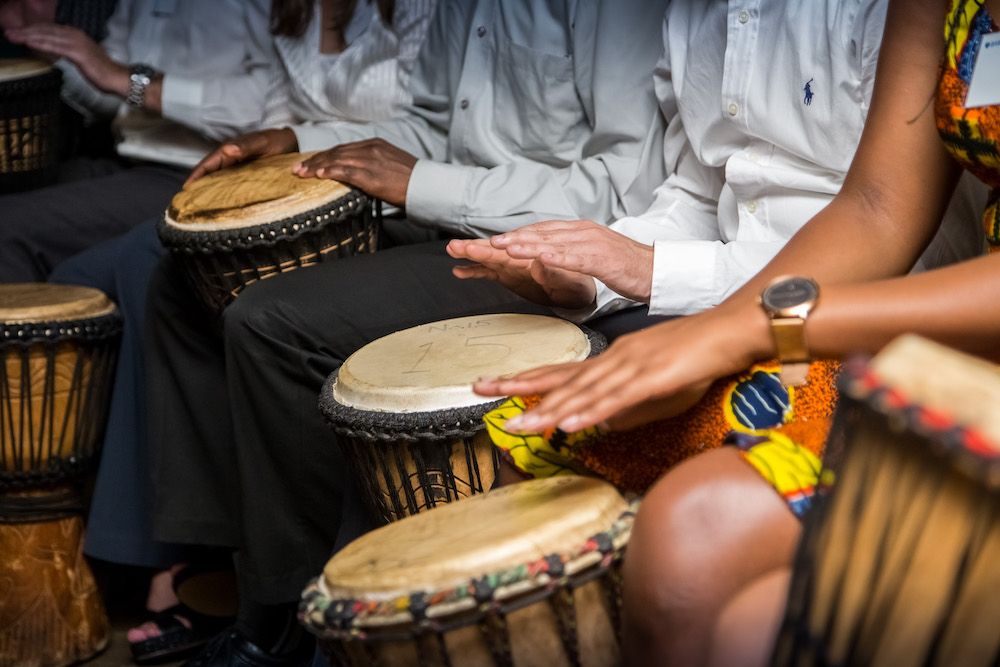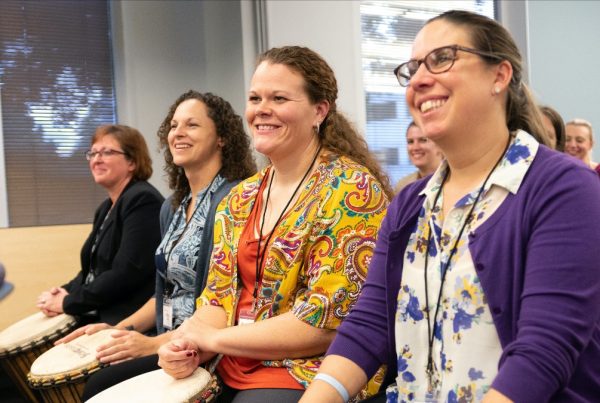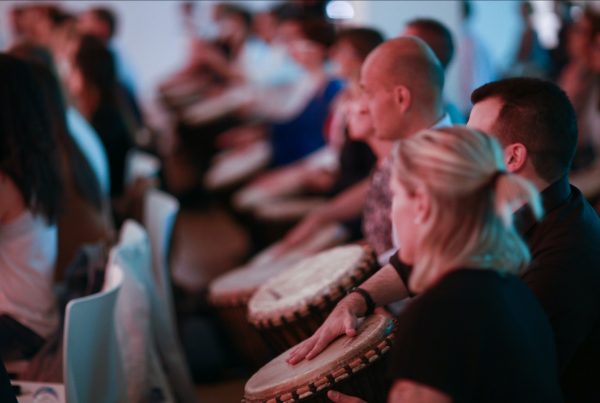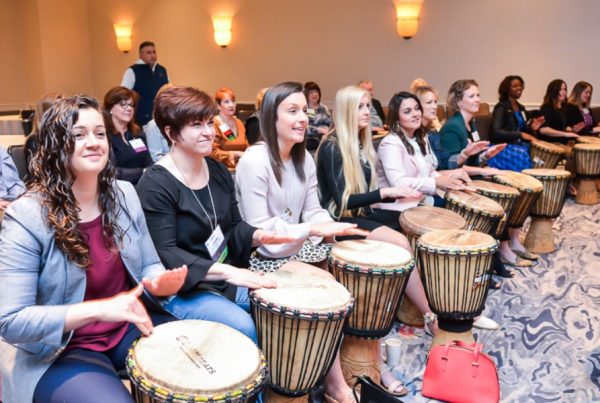Agility isn’t just the ability to pivot—it’s the capacity to do so with focus, precision, and purpose. In the modern workplace, where change is constant and complexity is high, agility has become one of the most sought-after leadership traits. But how do you teach someone to be agile? The answer lies not in theory, but in experience—and one of the most powerful metaphors comes from the world of music.
In a drum ensemble, agility is not optional. Rhythms shift. Leaders rotate. Surprises happen. And each player must remain grounded while responding quickly to what’s unfolding around them. This is the same mental flexibility required in business: the ability to stay focused while adapting to changing dynamics. Drumming teaches this by requiring you to listen intently, adjust your input, and move with—rather than against—what is emerging.
Agile teams, like high-performing ensembles, know how to shift gears without losing cohesion. When the tempo increases, they speed up together. When there’s a pause, they breathe together. This level of alignment doesn’t come from rigid planning—it comes from trust, practice, and a shared sense of purpose. The music doesn’t stop when something unexpected happens—it transforms. Agile leaders do the same.
In today’s climate of uncertainty, developing agility is a must. Experiential learning rooted in rhythm can train this mindset in a visceral, lasting way. It helps individuals build comfort with ambiguity, develop faster decision-making skills, and respond to complexity with creativity instead of fear. Because agility is more than motion—it’s meaningful movement, and rhythm shows us how to find it.
Are you looking for a way to engage your team with experiential learning? We help organizations meet their goals through experiential training programs that leverage the power of group drumming. Get in touch with us at connect@sewabeatsusa.com or 1-800-273-1465.




